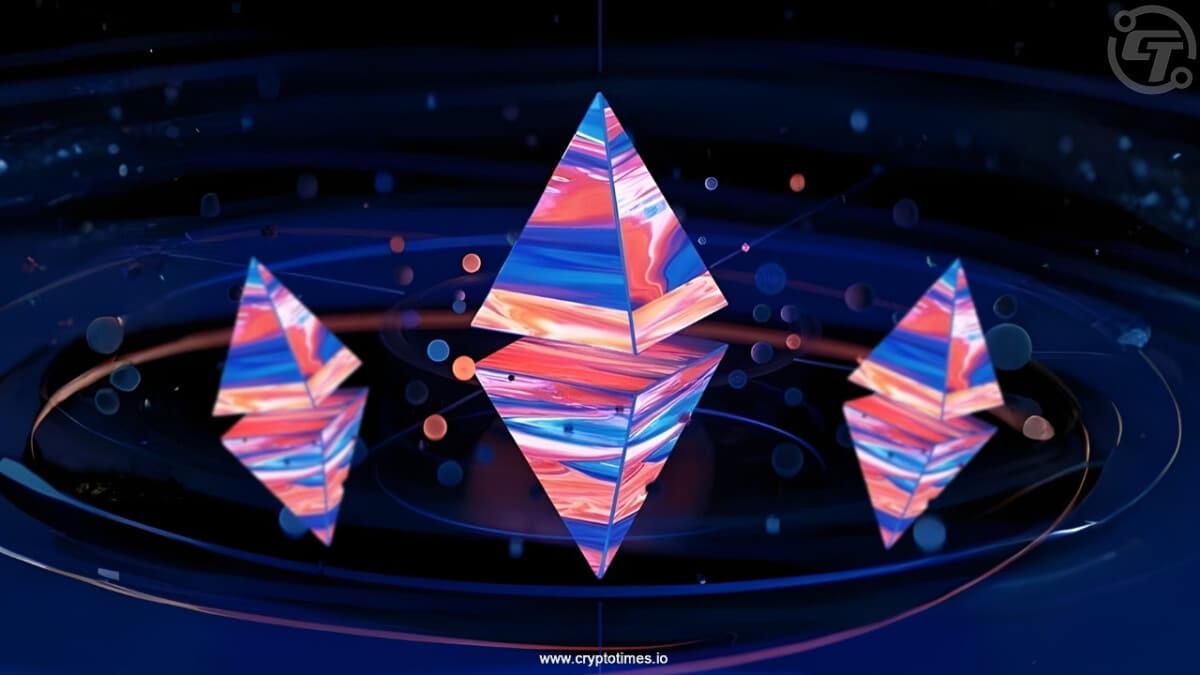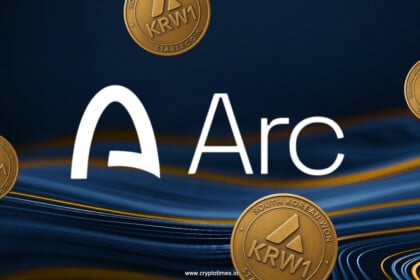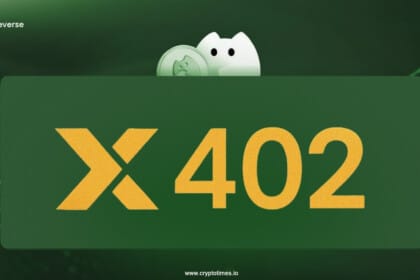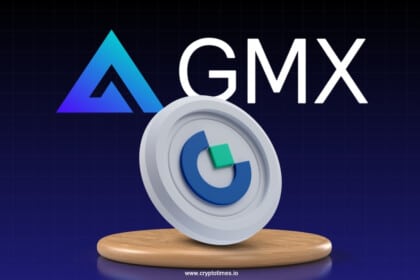Ethereum has wrapped up its last major test before the much-awaited Fusaka upgrade launches on its main network in early December. The upgrade went live on the Hoodi testnet at approximately 18:53 UTC using new code intended to improve network scalability and lower expenses.
According to sassal.eth, a strong believer in Ethereum’s long-term potential, the Hoodi upgrade “went quite smoothly,” marking the last testnet to complete the process. Two earlier test runs on the Holesky and Sepolia testnets had also succeeded. Developers now expect the Fusaka mainnet activation in early December, possibly on December 3.
A closer look at Fusaka’s key features
Fusaka, which comes just six months after the Ethereum Pectra upgrade, deploys several Ethereum upgrades to accelerate and streamline the network. EIP-7594 or “PeerDAS,” is the first one which helps in minimizing the unnecessary load on validators by allowing them to read pieces of information instead of downloading entire files.
This change improves efficiency and slashes bandwidth costs. Ethereum’s Co-Founder Vitalik Buterin earlier described PeerDAS as “the key to layer-2 scaling,” noting that it enables Ethereum to process massive data loads without requiring every node to store everything.
Besides, EIP-7825 and EIP-7935 tweak how Ethereum manages gas limits and computing power. These updates prepare the network for future upgrades like parallel execution, which will let it handle several smart contracts at the same time—making transactions faster and more reliable
Network activity and developer momentum
Leo Lanza, one of several contributors to ETHDigitalOil primitive, said showing a screenshot on X that Ethereum now handles about 325.8 transactions per second (TPS), with its record peak reaching 3,100. He noted that the Fusaka upgrade could boost this to around 12,000 transactions per second, showing how much faster and more scalable the network could soon become—especially for layer-2 platforms.
Moreover, last month, the Ethereum Foundation began a four-week audit program, offering rewards of up to $2 million for developers who identify issues before the mainnet upgrade. At the same time, Ethereum’s core team has started planning the next update, called Glamsterdam, which aims to separate block production roles and shorten block times for smoother performance.
Fusaka marks a shift in how Ethereum handles growth. With PeerDAS integrated, the network is set to process data more efficiently and reduce costs, making everyday use more practical as activity continues to expand.
Also Read: Tom Lee’s BitMine Adds $113M ETH, Valuation Tops $13.2B











